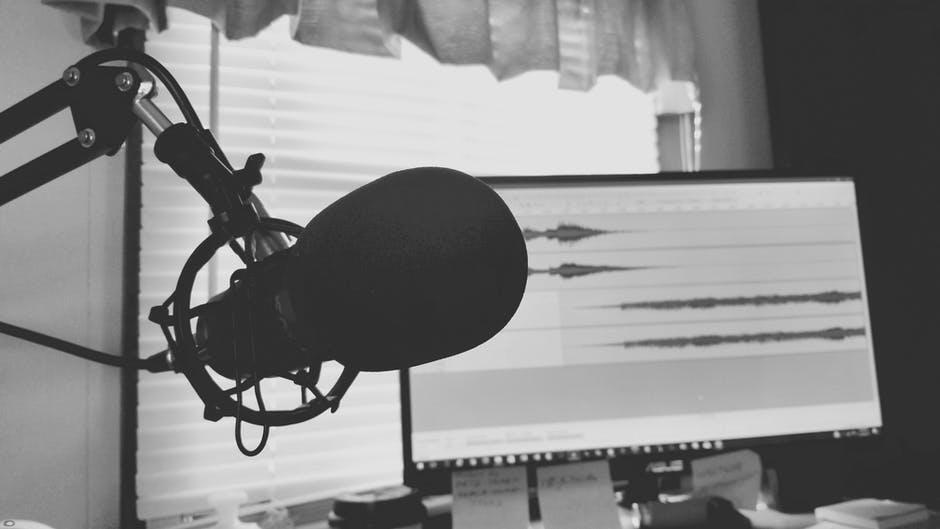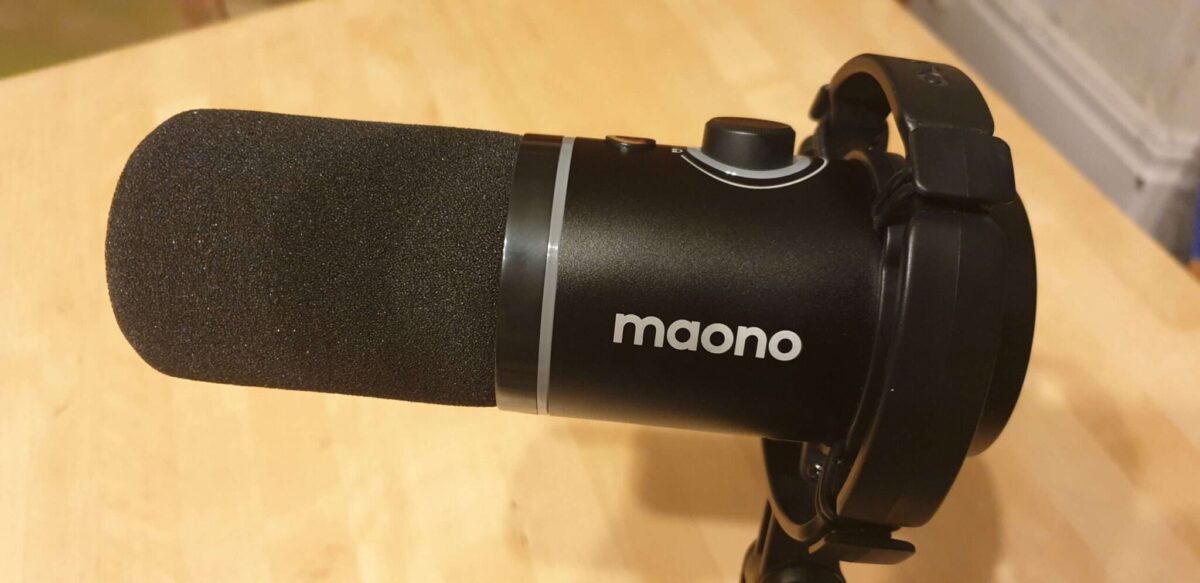Exploring other creative ventures fits well with the way society is at the moment. All this extra time is opening up opportunities when faced with the new normal. This provides us a window to explore our creative passions and to be innovative.
Among these paths is the venture to pursue music production and recording. For that, you need a recording studio and no short amount of talent. Keep it up, however, and you may find yourself the next big thing in music.
Today, we will look at how you can record your own music within your home studio. We will also look at how to set up your recording equipment and the essentials in a home studio setup.
1. Get a Computer
Before you get started to record your own music, you need a computer. Preferably one that has the tools and processing capability to edit and master tracks without issue. Your choice of computers will make or break the recording and editing process.
First off, if you are to choose between a laptop and a desktop, choose a desktop. Desktop computers offer more when it comes to storage capacity, processing power, and cooling systems. It lends to quiet recordings as desktop fans do not emit much noise.
As for the operating system, PCs have comparable features. But a Mac stands out more for its stability. Although you can access the recording software you need on both platforms. It boils down to which system you have an easier time working with.
It doesn’t stop here. Make sure to get the recording and mixing software that fits your preferences and skill. Mac has Garage Band but you also have other options like Adobe Audition.
Explore your options to find a sound that suits you. Once you’ve gotten the hang of the software, don’t be afraid to mix up your music.
2. An Audio Interface
The next item you need for your recording setup is an audio interface. An audio interface functions to convert your audio input into data as it goes into the computer.
Later computer models, such as the new ones for the MacBook, have a noticeable lack of a dedicated audio port. Having an audio interface answers that by connecting via USB.
Aside from this, some audio interface models allow you to control the volume input of your audio sources. This allows for easier blending when recording. It also comes with options for EQ, reverb, and much more to allow you to customize the sound.
With a digital audio interface, you have more ways to fine-tune your instrument or voice. It can help you bring out the best features and set up your preferences for your recordings. Remember, if you want to sound nice, your equipment should capture that sound.
3. Microphones and Other Input Sources
Microphones and input sources come in various forms. If you prefer something useful for singing or recording narrations during a podcast, you will need a good microphone. For instruments like an electric guitar or electronic drums, you might want to have an XLR cable.
For microphones, check the type that you wish to use. Each microphone has a range of what it can capture and from which directions it picks up sound.
4. Microphone Cable and Stand
We mentioned earlier about needing a signal cable for the cases of other instruments. It is also what you need for your microphone to connect to your audio interface. While recording, you will also need a stable platform for your microphone when recording.
This is where your stand comes in to truly optimize your studio setup. You can go for a telescopic boom stand like the K&M 210. Or you can go with something that you can clamp on your table surface (in case you opt to go for that setup).
As for your cable, make sure that the length you get is enough for where you position your microphone. You don’t want it to be too short that it limits your positioning. But you can also opt for it to be not too long (nothing a neat coiling with a tie wrap couldn’t fix).
5. Pop Filter
Another nifty essential for your microphone is a pop filter. This prevents the recording from picking up the popping sounds in your background. If you don’t take steps to edit this out or filter it, it may prove distracting to listeners.
You can connect a pop filter to your microphone stand to easily prevent background noise. Position the filter in front of the microphone’s pick up point for the best results.
6. Headphones and Monitor Speakers
You also need a dedicated output system. You need two different output sources for this. One would be through your monitor speakers, the other through your headphones.
Headphones come in two variants. You have the open-back headphones, these are for mixing and providing optimal sound quality. Then, you have closed-back headphones, perfect for tracking, and noise isolation.
These headphones have both wired and wireless versions. You can check out these instructions on how to connect wireless headphones to Mac, in case you prefer to use them during your studio sessions.
With monitor speakers, you also need them even when you have headphones. In this case, studio monitor speakers tend to be neutral and uncolored. This helps you with mixing, letting you hear what exactly goes on within the mix.
For monitor speakers, go for something that fits your studio room and your budget. Start with something then proceed to upgrade with your gear when you have more resources.
Record Your Own Music Now
Now that you know what you need for your home studio, you can record your own music on your own terms. You can start small and take the essentials. From there, play with your creativity and create tracks that bring out your style and expression.
Did you enjoy this? We also have other articles covering related topics such as this one. Check them out today.
Courtesy of Kathleen Zara.




Kathleen, you did a really good job explaining and presenting items to help upgrade my at home studio as well as what to look out for. Very well done.
This blog is helpful.